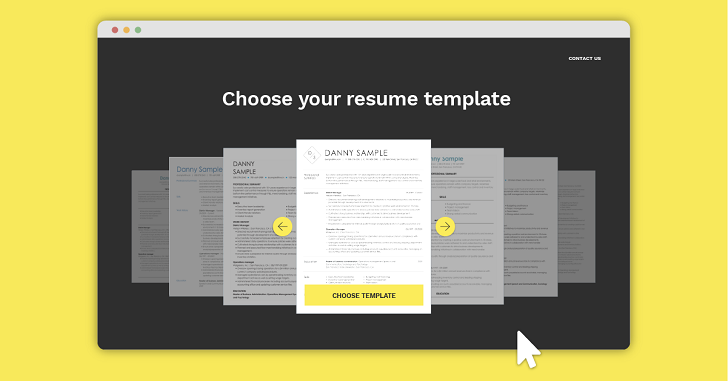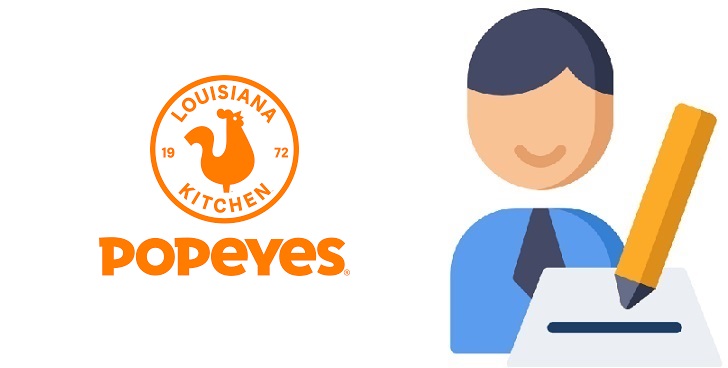Step By Step Guide Job Application Process
In this guideline, we are going to walk you through the most important steps for every job-seeker. The job application process can be very stressful and time-consuming if you don’t know where to start or how to proceed. It would be much easier for you if you are well-informed about the whole process. Every company has its own procedure and style regarding the recruitment process, nevertheless, for job-seekers, things are pretty much the same. This article will cover the answers of following questions: “How to apply for jobs?”, “What are the challenges you are going to face during pre-employment?” “How is the interview process?” “What should you do when you receive a job offer? Interested? Let’s get started.
See also: How to overcome job search anxiety
STEP 1 RESUME:

Nowadays, it is quite hard to find a company that does not require a well-arranged resume. Your resume should be in the right format and it should include your personal information, relevant work experiences, educational background, and additional skills such as certificates, voluntary work or languages under different sections. However, you may want to apply for different positions in several industries. In this case, do not send the same resume to every company. The key in here is to prepare a different resume matching the job you are applying for.
STEP 2 COVER LETTER:

Unfortunately, A well-prepared resume is not enough for some job applications today. Adding a cover letter to your job application may be optional for some jobs but we strongly recommend adding it. A cover letter is a document that you list your experiences and skills for the job and show your motivation for that particular position. Firstly, pick a template. Start your cover letter with a proper salutation. Then, briefly introduce yourself highlighting your objective and most relevant skills. Later on, summarize the substantial skills and experience you have gained in order to be suitable for the position. Try to highlight the key points in your resume, adding some detailed information about the industry insight you have. Finally, end it with an appropriate closing and a signature.
STEP 3 JOB PLATFORMS:

In these days, most of the job applications are submitted online. Learn how to fill the online job application forms properly and prepare your resume and cover letter in their best form. The hiring staff may also reach you through, social media or job fairs.
STEP 4 INITIAL SCREENING:
Most of the companies have the Application Tracking System (ATS). For large companies, the software is likely to review all applications and choose the most relevant ones. Then, Human Resources starts to review the applications and eliminate the candidates who do not meet the requirements and criteria. This is how companies decide to proceed with certain candidates.
STEP 5 APPLICANT ASSESSMENT:
If your application proceeds, now you are in the pre-employment stage. Some companies choose to send some personality and talent assessment tests before they invite the candidates for face-to-face interviews or perhaps before the hiring process. Most of the companies conduct background checks featuring criminal records, employment history, and credit. In some cases, companies may even want medical examinations or do drug tests. For some jobs, companies measure the candidates’ abilities such as problem-solving, reading comprehension or emotional intelligence before the recruitment. Keep in mind that it is likely for some organizations to check your social media accounts like Facebook, Twitter or Instagram to ensure that you are a good fit for the company in terms of professionalism.
STEP 6 INTERVIEW:
If you are a prospective candidate, most probably you will receive a phone call or e-mail inviting you for an on or off-site and online Skype, Google Hangouts interview. Interviews vary based on the companies or positions, they can be conducted one on one between the candidate and hiring manager. Some interviews may include more people like multiple hiring members, each one of them examining one side of you. Several companies conduct interviews in small groups. If you pass the first interview, it is likely that you will need to go to the final interview to talk in-depth about you and the position.
STEP 7 REFERENCE CHECK:
Keep in mind that hiring staff can check your references via telephone. They would ask typical questions to your former manager about your responsibilities in your former workplace and if they were happy with your performance overall.
STEP 8 JOB OFFER:
After all these steps, this is the moment you may receive an initial offer. The offer should include the position’s salary, benefits, paid time off, start date, potential severance pay, working remotely policy, included company equipment, and other terms and conditions of employment. It should also include which ones are negotiable or not. Nowadays, salary, work schedule, and working remotely are usually negotiable. You should take your time reading all the details and make sure that it is the best opportunity for you or not. Evaluate the offer carefully, do not make any decision right away. Then you may decide to accept, decline, or renegotiate it.
STEP 9 HIRING:
If you accept the offer, now it is paperwork time! Documents you should provide to your employer may vary from company to company so check them carefully and collect your documents as soon as possible.
Source: 1 (Access: November 28, 2019) 2 (Access:November 28, 2019)


